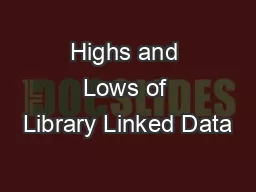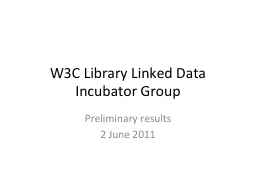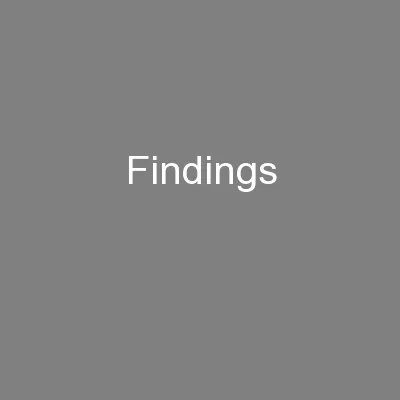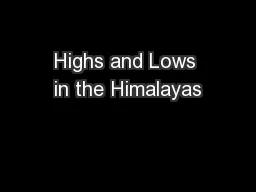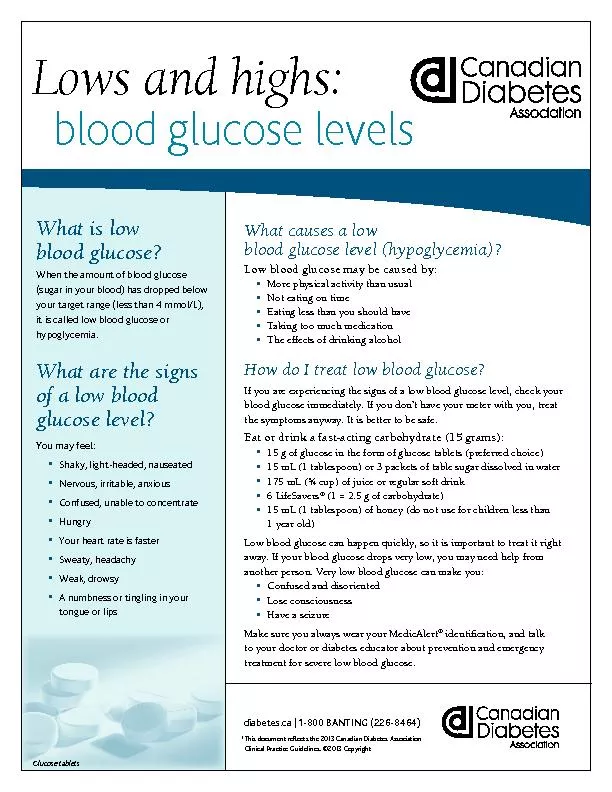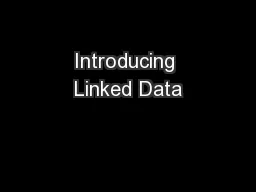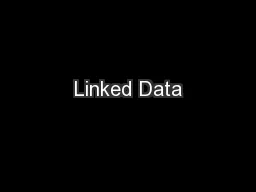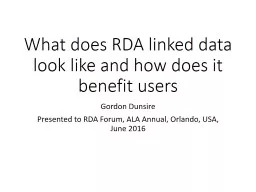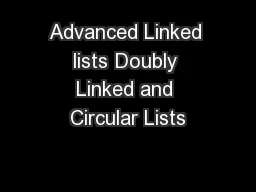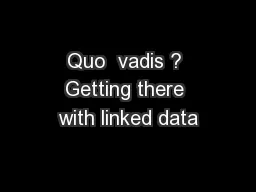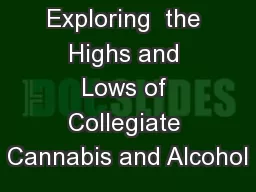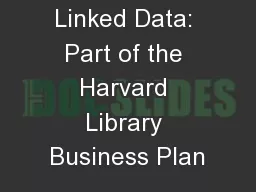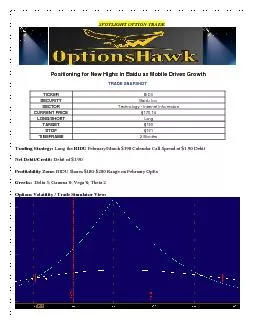PPT-Highs and Lows of Library Linked Data
Author : bikersjoker | Published Date : 2020-08-06
Adrian Stevenson UKOLN University of Bath UK until end Dec 2011 Mimas Libraries and Archives Team University of Manchester UK from Jan 2012 Semantic Web in Bibliotheken
Presentation Embed Code
Download Presentation
Download Presentation The PPT/PDF document "Highs and Lows of Library Linked Data" is the property of its rightful owner. Permission is granted to download and print the materials on this website for personal, non-commercial use only, and to display it on your personal computer provided you do not modify the materials and that you retain all copyright notices contained in the materials. By downloading content from our website, you accept the terms of this agreement.
Highs and Lows of Library Linked Data: Transcript
Download Rules Of Document
"Highs and Lows of Library Linked Data"The content belongs to its owner. You may download and print it for personal use, without modification, and keep all copyright notices. By downloading, you agree to these terms.
Related Documents

